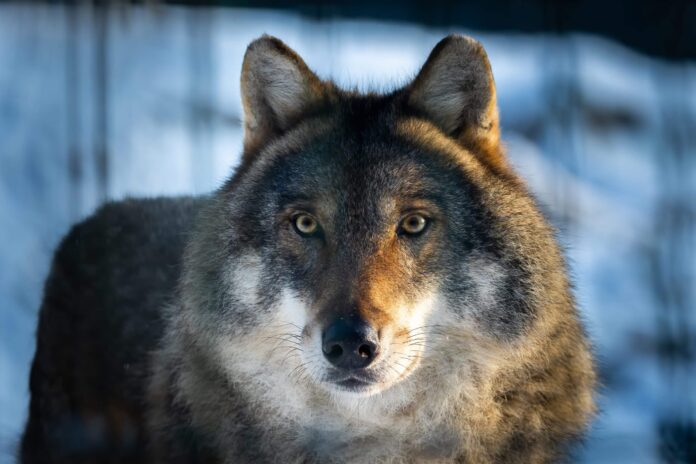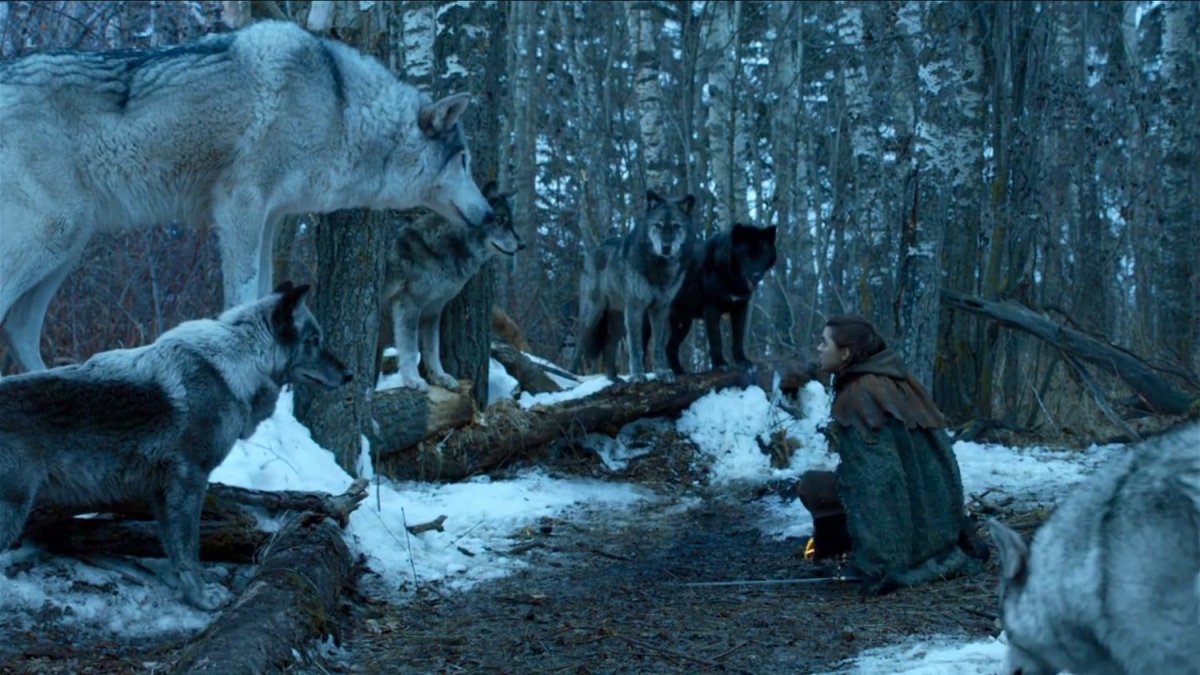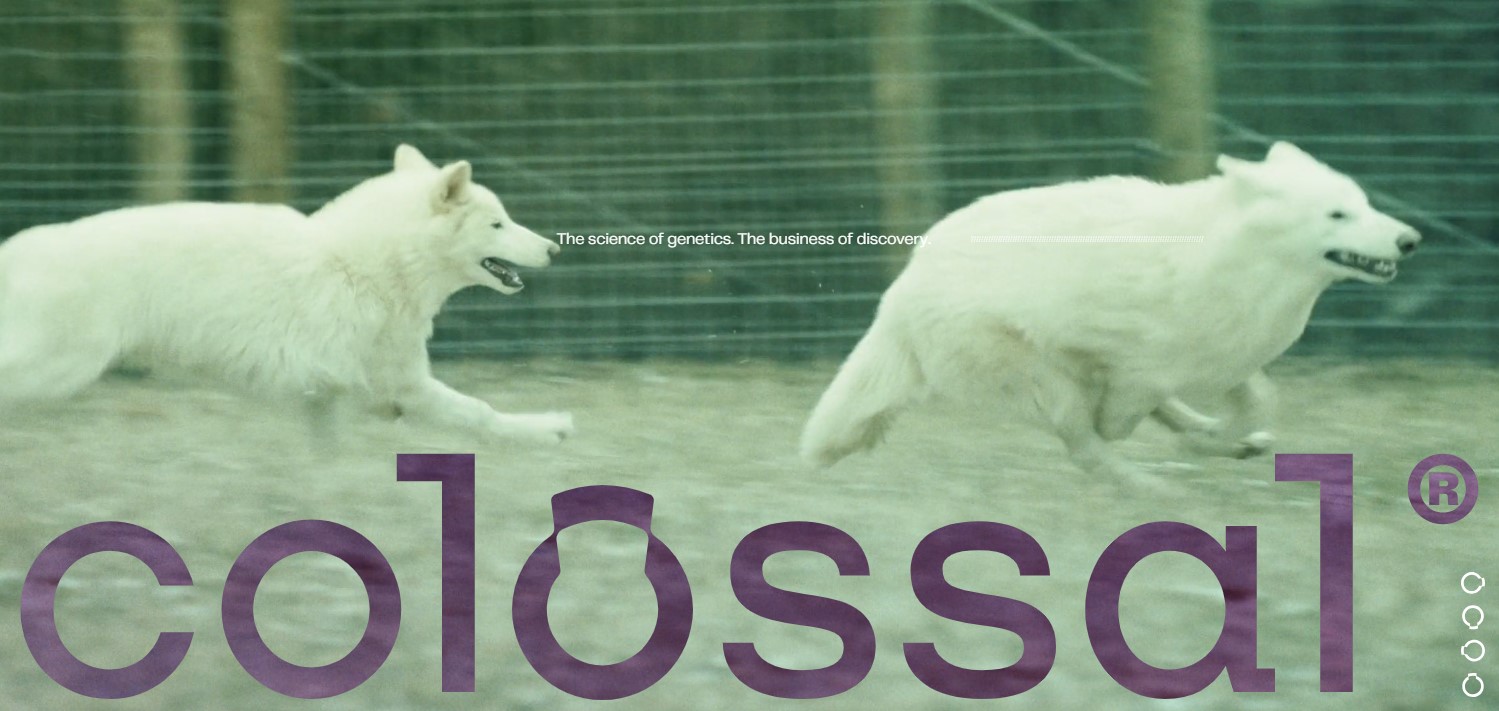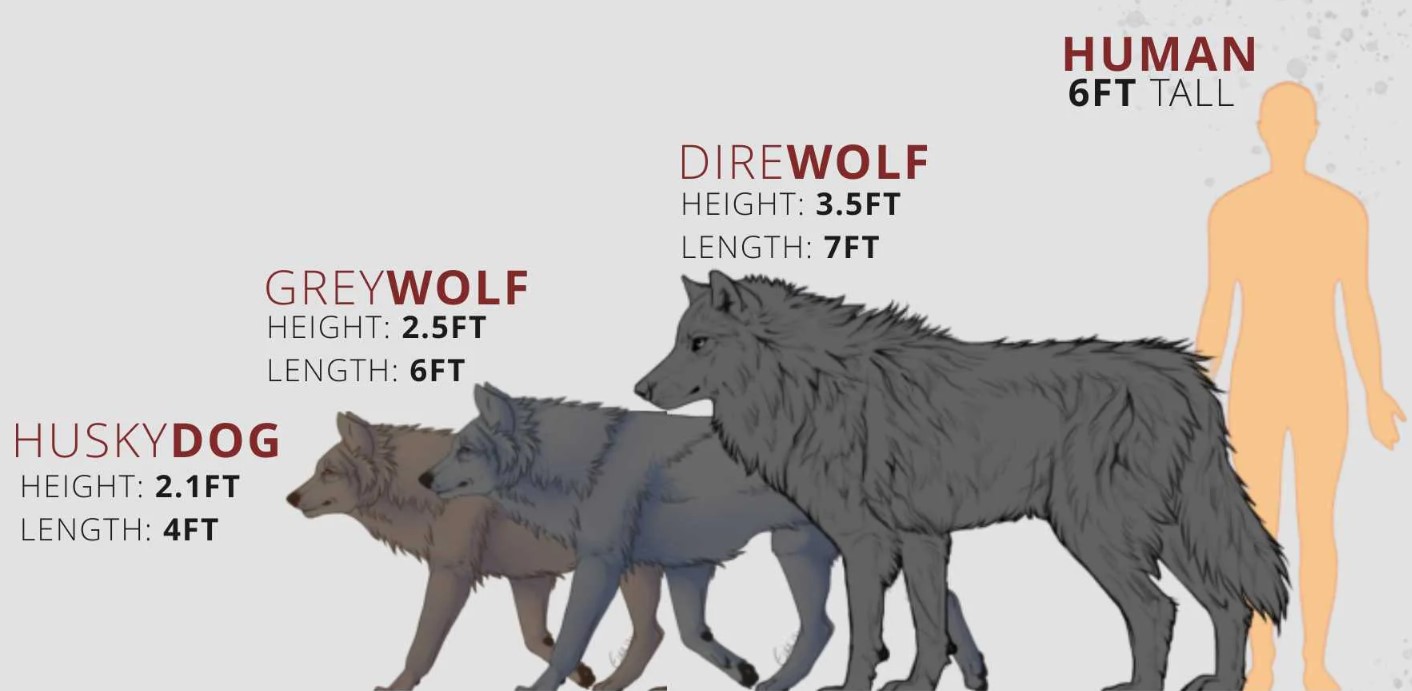
In October 2024, two pups were born that carried a name older than any civilization: dire wolf. A third followed in January 2025. Bred in secret. Engineered in a lab. Raised on a private 2,000-acre preserve, their names—Romulus, Remus, and Khalesi—sound like mythology, but their existence is real.
The company behind this historic leap is Colossal Biosciences, a Dallas-based firm known for turning sci-fi ambitions into headlines. They claim these are the first successfully “de-extincted” animals in history. The last dire wolves, Aenocyon dirus, disappeared more than 10,000 years ago, at the end of the Pleistocene epoch.
But even though the story sounds like a biological miracle, the truth is far messier.
What Is a Dire Wolf, Really?

Dire wolves were not giant gray wolves. That misconception gained traction due to TV shows like Game of Thrones, where dire wolves were cast as oversized fantasy canines. In reality, dire wolves were a distinct species, heavier than gray wolves, with shorter legs, broader skulls, and stronger jaws built for crushing bone. They were apex predators in Ice Age North America, hunting horses, bison, and ancient camels.
But their lineage diverged from gray wolves millions of years ago. They weren’t close cousins. They were more like distant evolutionary relatives with no modern descendants.
Colossal did not resurrect a pure dire wolf. That is not scientifically possible. What they created is a hybrid—a gray wolf with edited DNA intended to mirror dire wolf traits.
How They Did It: The Science Behind the Revival
The revival began with two ancient fossils:
- A 13,000-year-old tooth found in Ohio
- A 72,000-year-old skull fragment from Idaho
Colossal scientists extracted DNA from both, enough to reconstruct the full dire wolf genome. Then came the editing. Using CRISPR technology, they altered the DNA of gray wolf cells in 20 precise locations across 14 genes. The targeted edits aimed to recreate key dire wolf features—fur texture, coat color, skull shape, jaw strength.
Once the edits were complete, the engineered cells were inserted into donor eggs taken from domestic dogs. After 62 days of gestation in dog surrogates, the three pups were born.
Romulus and Remus came first, both males. Khalesi, a female, arrived three months later.
Why the Scientific Community Is Divided
Colossal calls them dire wolves. But many experts are pushing back.
Genetic Similarity Is Misleading
Love Dalén, a geneticist advising Colossal, admits the genome is “99.9% gray wolf.” The edits do create physical similarities, but the deeper traits—instinct, behavior, hunting tactics—can’t be reconstructed from a genome alone.
Dr. Julie Meachen, a paleontologist who co-authored a key 2021 study on dire wolves, said in an interview:
“I don’t think they are actually dire wolves. I don’t think what we have is dire wolves. What we had is something new—we have a mostly gray wolf that looks like a dire wolf.”
Her view reflects a growing concern among researchers. What Colossal has produced, she argues, is not a true recreation of an extinct species, but a new hybrid animal engineered to resemble it.
That distinction holds real weight in fields like conservation, taxonomy, and bioethics.
Why Now? And What’s the Endgame?

Colossal is backed by investors like Tom Brady, Paris Hilton, Tiger Woods, and filmmaker Peter Jackson. The company’s long-term plans include reviving:
- The woolly mammoth (expected by 2028)
- The dodo
- The Tasmanian tiger
But Colossal insists this isn’t about spectacle. CEO Ben Lamm says the goal is to develop genetic tools that can help endangered species, not just extinct ones. As proof, the company cloned four red wolves—one of the most endangered canids in the world—using the same less-invasive techniques developed during the dire wolf project.
They’ve also unveiled the “woolly mouse”, a lab mouse genetically engineered to grow denser fur in cold environments. A demo of what’s possible when DNA is treated like software.
Are There Risks?
Yes. And they’re not small.
Ecological Risks
Even if the new animals thrive in captivity, releasing them into wild environments could trigger unintended consequences. They don’t fit into any existing food chain. Their presence could disrupt native species and fragile ecosystems. Rewilding dire wolves is not on the table yet, but the idea hangs in the background.
Bioethical Risks
Dr. Robert Klitzman, a Columbia University bioethicist, told ABC News:
“You may produce a wolf that’s twice as ferocious. You may produce a super wolf, or a super rat, or super mouse if you’re playing with mice or rats, for instance, that eats everything in sight.”
His warning points to a larger issue—unpredictable genetic outcomes. Once changes are made at the DNA level, even small edits could lead to traits scientists did not intend or anticipate.
There’s also the animal welfare question. Surrogates—domestic dogs in this case—carried genetically altered embryos. Colossal says no animals were harmed, and that the surrogates were later adopted through a humane society. Still, the ethical debate around animal use in synthetic biology is growing louder in both scientific and public circles.
What Makes This Different from Jurassic Park?

No one extracted blood from a mosquito trapped in amber. This isn’t fiction. It’s DNA sequencing, gene editing, cloning, and controlled gestation. And the result is not a perfect replica of a long-extinct animal. It’s a living approximation. That distinction matters.
Unlike dinosaurs, enough dire wolf DNA survived in museum collections to allow scientists to work with something real. But ancient DNA degrades fast. What survived was fragmentary—like scattered puzzle pieces. Scientists had to fill in the gaps.
Will They Ever Walk Free?
No. Not for now.
The three pups live in a secure, undisclosed preserve with 24-hour surveillance, drone monitoring, and 10-foot-high fencing. The location has been certified by the American Humane Society and registered with the USDA.
For now, their lives are monitored. Protected. Observed.
But the public won’t see them in zoos. And they won’t be chasing elk in Yellowstone.
Final Thoughts
Colossal is testing how far gene editing can go. Conservationists are watching for any sign of ecological application. Bioethicists are warning about lines already blurred. And somewhere in a hidden preserve, three creatures carry the weight of a species extinct for over 10,000 years.
Their bones once turned to fossils. Now they breathe.
But no one really knows what comes next.
















